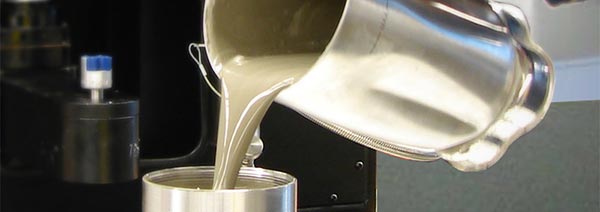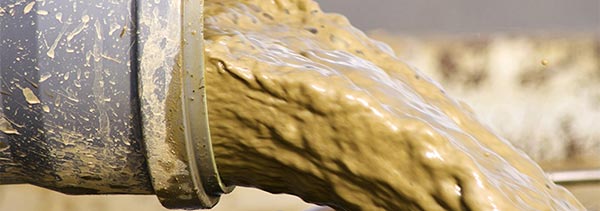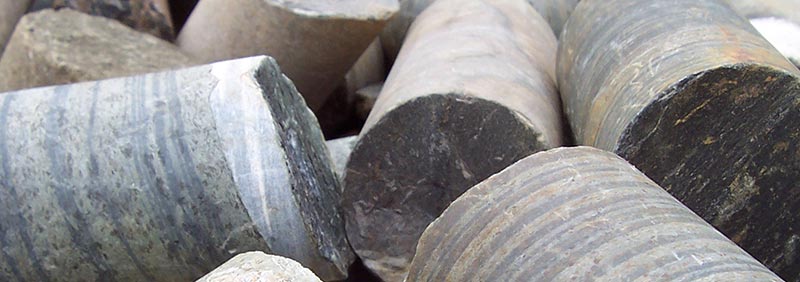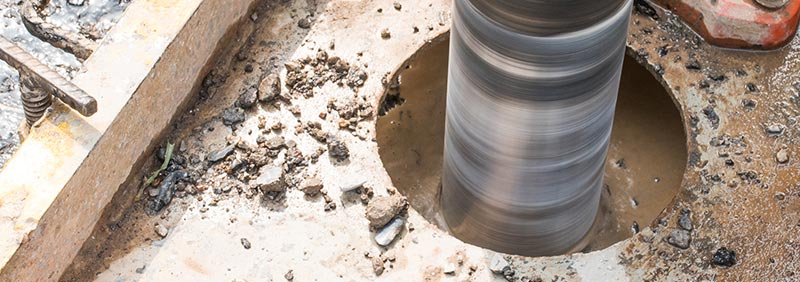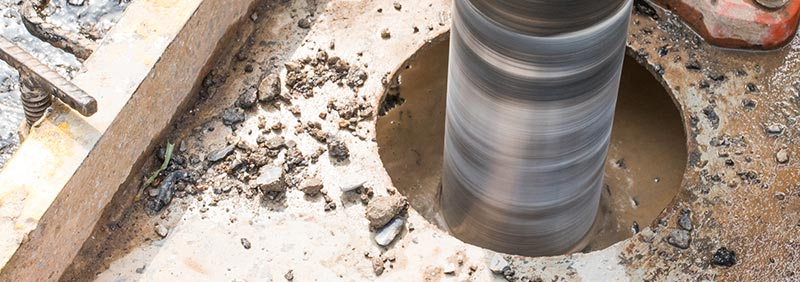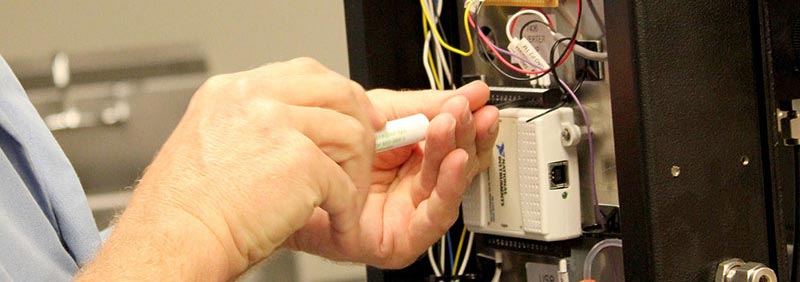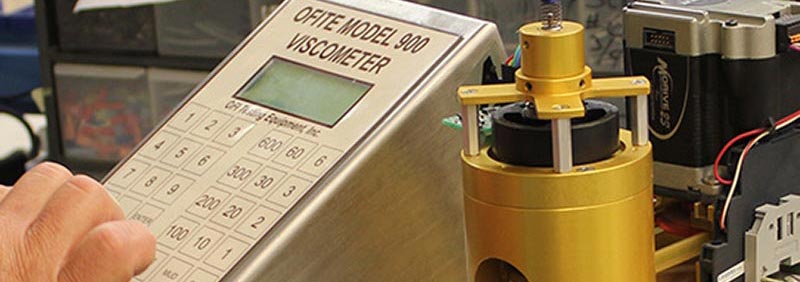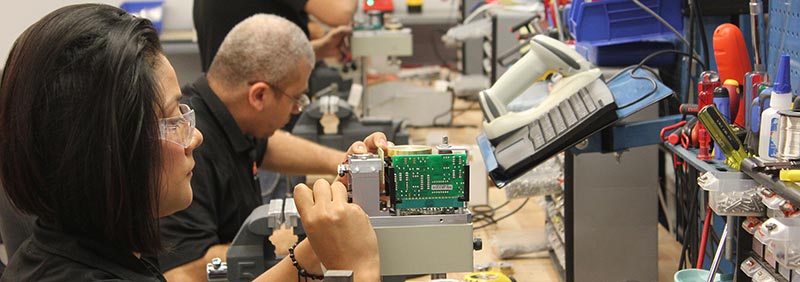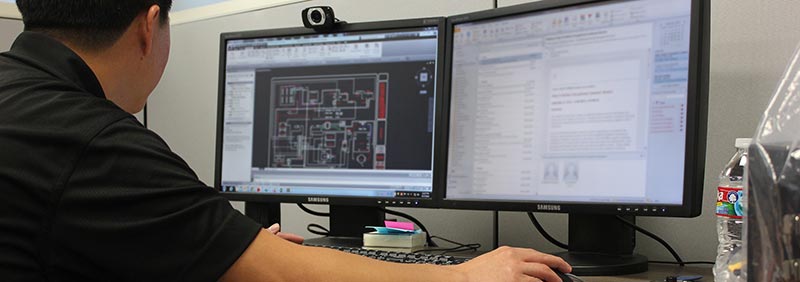Newsroom
Automated Gas Porosimeter
Porosity is the percentage of empty space within a solid media. Effective porosity is the percentage of void space in which the pore spaces are interconnected. Accurately determining the effective porosity of a petroleum reservoir is important for estimating the total amount of recoverable hydrocarbons within a producing formation.
The BLP-630 Automated Gas Porosimeter was designed to rapidly and accurately measure the effective porosity of a core sample. Three separate volumetric gas reservoirs provide seven (7) possible gas volume combinations to improve effective pore space data for a broad range of core sizes and porosities. It includes an assortment of volumetric core holder inserts to minimize dead space for greater accuracy. And the core holder is secured and release with a quarter turn by hand for quick and easy core loading.
During a test, a core sample is placed into the air-tight core holder and pressure is applied to a reservoir of known volume. After the pressure has stabilized, a valve is opened, which permits the gas within the reservoir to expand into the core holder. After equilibrium is reached, the new pressure of the system is measured and recorded. The effective porosity of the core specimen may be calculated with Boyle's Law (P1V1=P2V2) in conjunction with the bulk volume of the sample. The variables V1 and V2 are constants that are dependent upon the geometry of the unit and the effective porosity of the core.
Various gases can be used, including helium, nitrogen, and carbon dioxide. And an integrated vacuum pump allows evacuation of the pore space and gas circuits. Calibration is performed with the software to ensure accuracy
To learn more, visit the product page.


